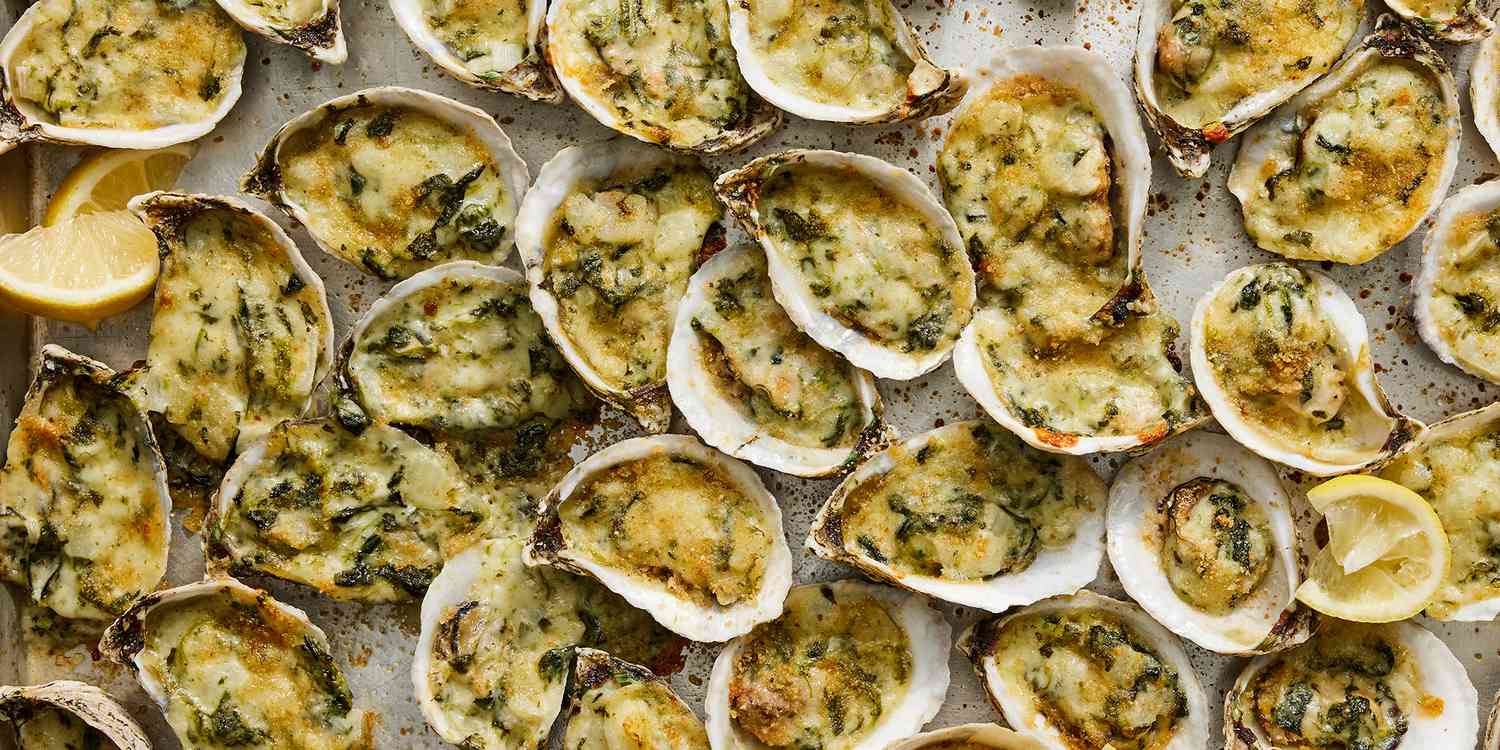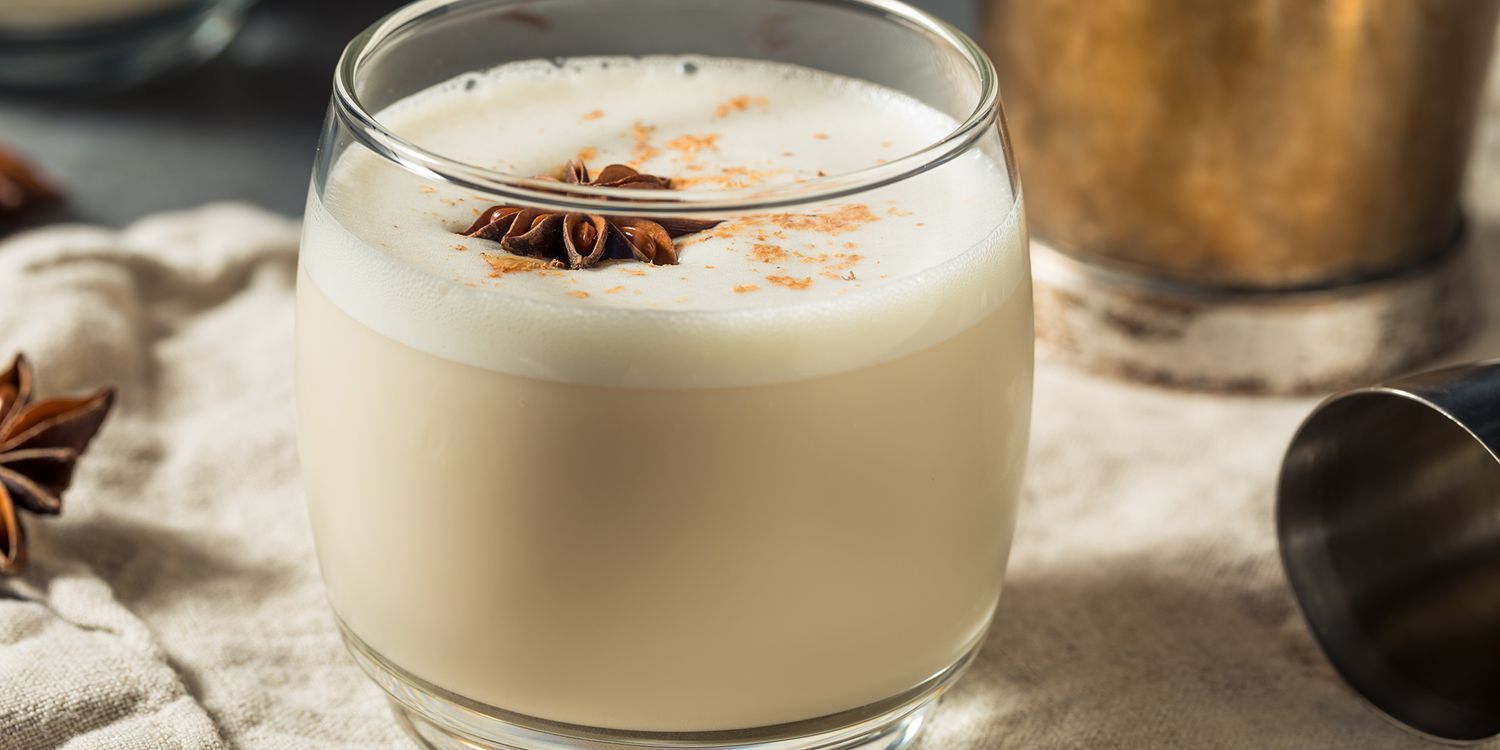There is nothing like going to your favorite happy hour with friends and ordering half-priced cocktails, a charcuterie board, and the irresistible dollar oysters. Oysters are one of those foods that you either love or hate. It is probably the only food that gives you a glimpse of what it’s like to be one with the sea. Although they are delicious appetizers, they can also be dangerous. Just recently a recall of oysters harvested off the Gulf Coast of Texas was announced for causing cases of norovirus.
Did you know that oysters are in fact alive when you shuck them? These living organisms may taste incredible with lemon, hot sauce, and garlic, but you don’t want to add a side of Vibriosis to your order. With a brief understanding of how they are procured, prepared, and cultivated, you can be more cautious with your next oyster meal.
When Is Oyster Season?
You may have heard of the “r” rule when it comes to oyster season. This rule advises picking oysters in months with an “r” in the name (September, October, November, December, January, February, March, April). These months are the chilliest and oysters thrive in colder waters. Not only will the colder months produce a better quality oyster, but it also has a safety effect. Bacteria tend to thrive more in warmer climates. However, the FDA still cautions consumers to be aware of foodborne illness regardless of the month. Winter months may have colder waters in the Northeast, but states along the gulf coast may still have warmer temperatures. Also, warmer months are the time of year when red tides are common — accumulation of algae that can be harmful to humans.
But Why Do We See Oysters Year-Round?
You may find the previously stated “r” role contradicts the fact that oysters can be found whenever you go looking, and restaurants across the nation offer them year-round. Thanks to modern inventions such as refrigeration and oyster farming, oysters can be chilled and harvested despite the hotter weather. New genetic breeding programs in the oyster farming industry have also allowed oysters to be widely available.
How to Purchase and Prepare Oysters
There are a few tips when it comes to purchasing oysters. Do not purchase if the shell has been opened. Be aware of any mud inside the shell. If there is mud, discard it. If the purchase bag does not have a tag that contains detailed information such as harvest date, harvest location, type of shellfish, and quantity, do not accept it. Always remember to buy from reputable sources and restaurants.
In most cases, oysters are often served raw, especially in restaurants. Although the FDA advises not to consume raw shellfish, it is still a widely accepted practice. Once shucked, raw oysters should be chilled at all times and eaten immediately. If you are choosing to cook oysters, make sure they reach an internal temperature of at least 145 degrees F (63 degrees C). If boiling or steaming in the shell, try not to overcrowd the pot. Also, make sure to discard any oysters that do not open during the cooking process.
Does Hot Sauce Kill Bacteria?
It has been proven that hot sauce does not have any properties that can effectively kill harmful bacteria. It does not matter how much hot sauce is dowsed on raw oysters.




